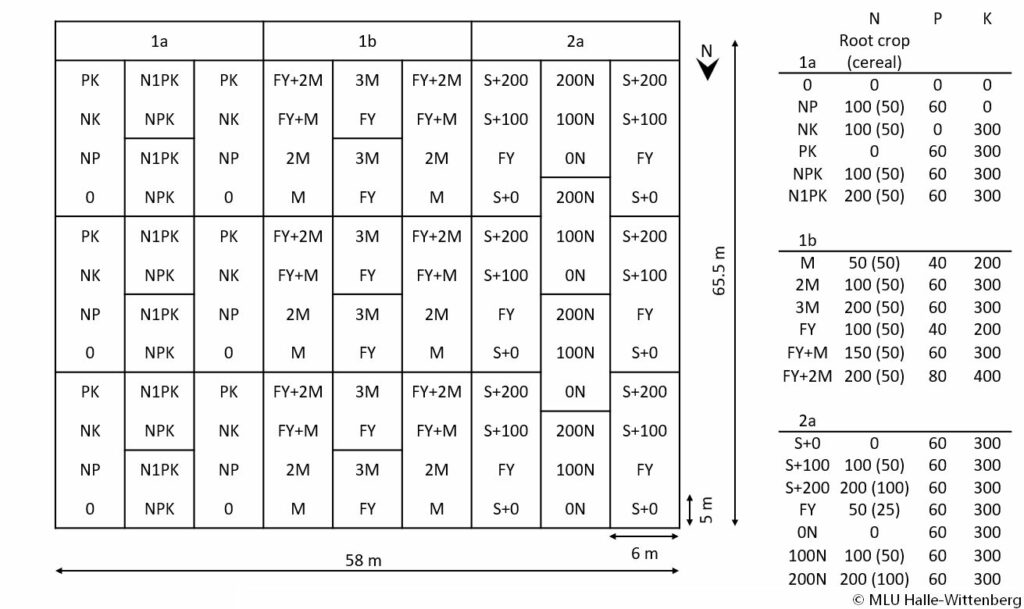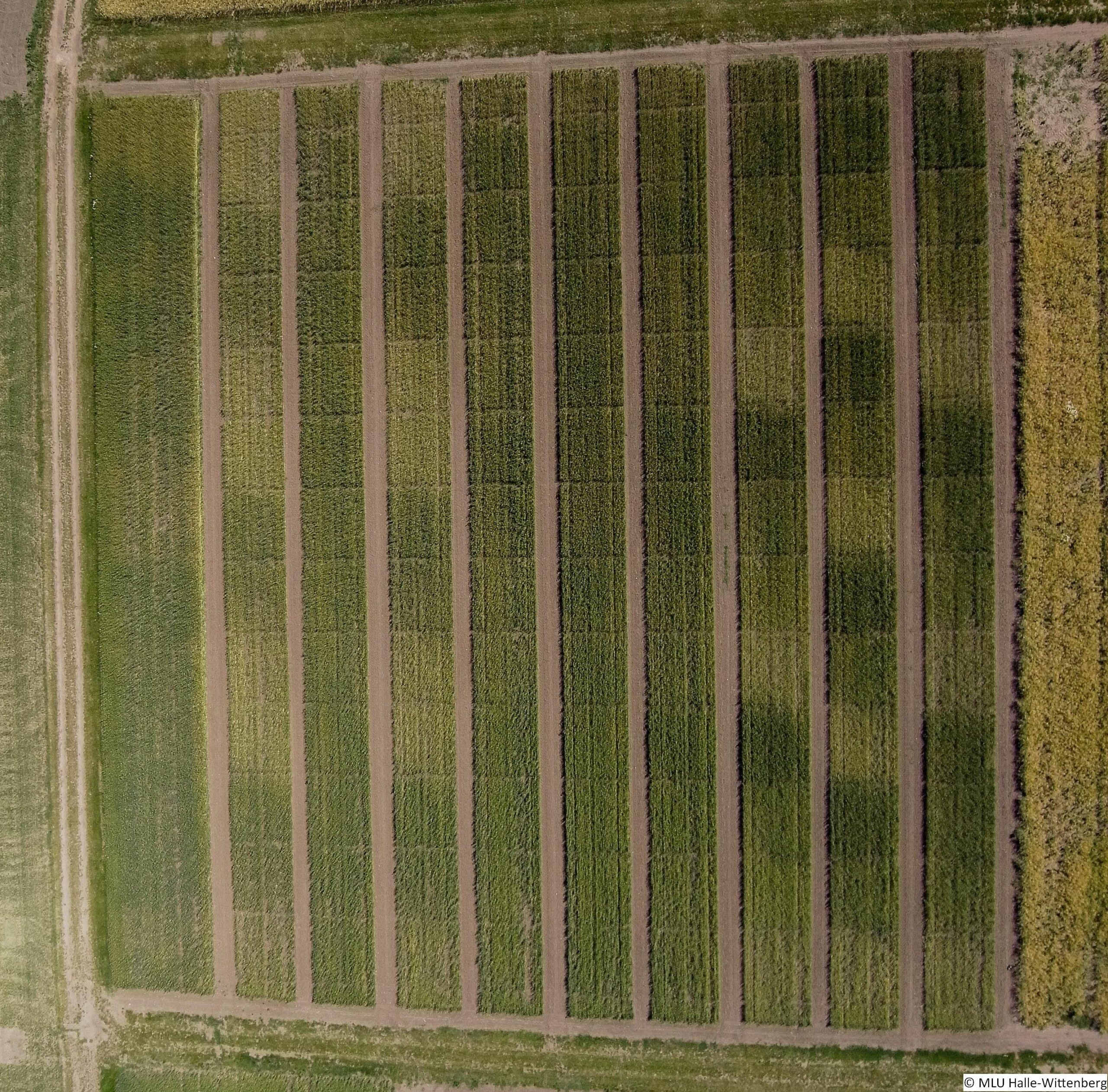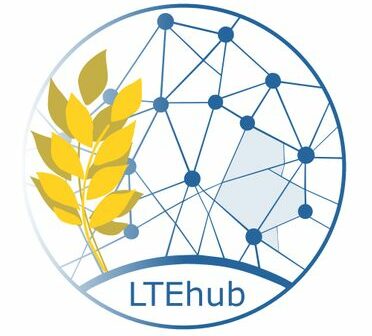The complex of six fertilization trials was established by Karl Schmalfuß in 1949 to examine the response of crops and soil to different rates and forms of fertilizers. Up to now, four trials have been continued observing lime, potassium, phosphate, and organic and mineral fertilizers combined.
The block design with systematic distribution of three to six replications contains 30 m2 plots.
Since their implementation, the trials have undergone some minor changes. The explanations below describe the current status of the trials. More detailed information can be found in the corresponding pdf files.
Scientific head of the trials is Prof. Dr. Janna Macholdt (Department of Agronomy and Organic Farming), head of technical management is Dipl.-Ing. Bernd Look (AEVZ).
Field A: Lime fertilization trial
Four Ca fertilization levels have been tested: 0, 5, 10, 20 dt CaO/ha every third year after the harvest of barley in three replicates. This application scheme corresponds with the three years crop rotation with legumes, root crops and cereals.
After 1980 P fertilization was omitted in the second and third row of each division to test the effect of soil pH on the availability of soil phosphate.
Since autumn 2002 the first and second row of each division have been fertilized with 100 kg Mg/ha, as Mg deficiency in soil and plant samples was detected with high lime application rates.
The crop rotation is as follows: peas – sugar beets – spring barley – faba beans– potatoes– spring barley.

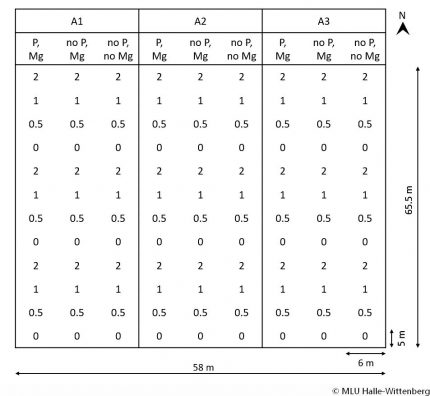
Field C: Potassium fertilization trial
This trial investigates increasing application rates of K fertilizers and different kind of K fertilizers.
The two subplot-rows of each division are fertilized with four K amounts (K0, K1, K2, K4 as muriate of potash), or with four different kinds of K (Kainite, muriate of potash, potassium sulphate, and Kamex; at the application level of K2)
Application rates consist of 0, 40 (80), 80 (160), and 160 (320) kg K/ha for grain crops (and root crops, respectively). The crop rotations consists of potatoes – silage maize – spring wheat – sugar beets – spring barley.
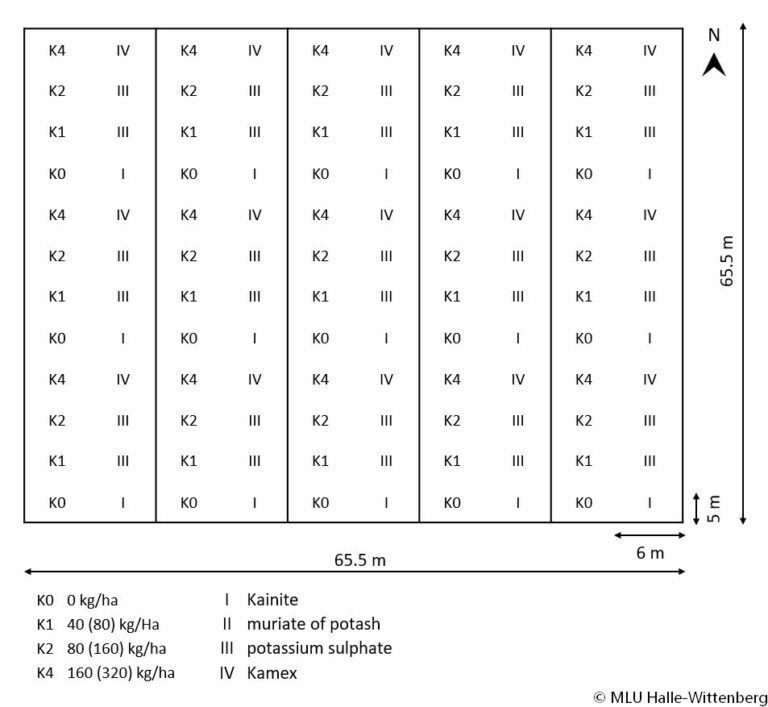
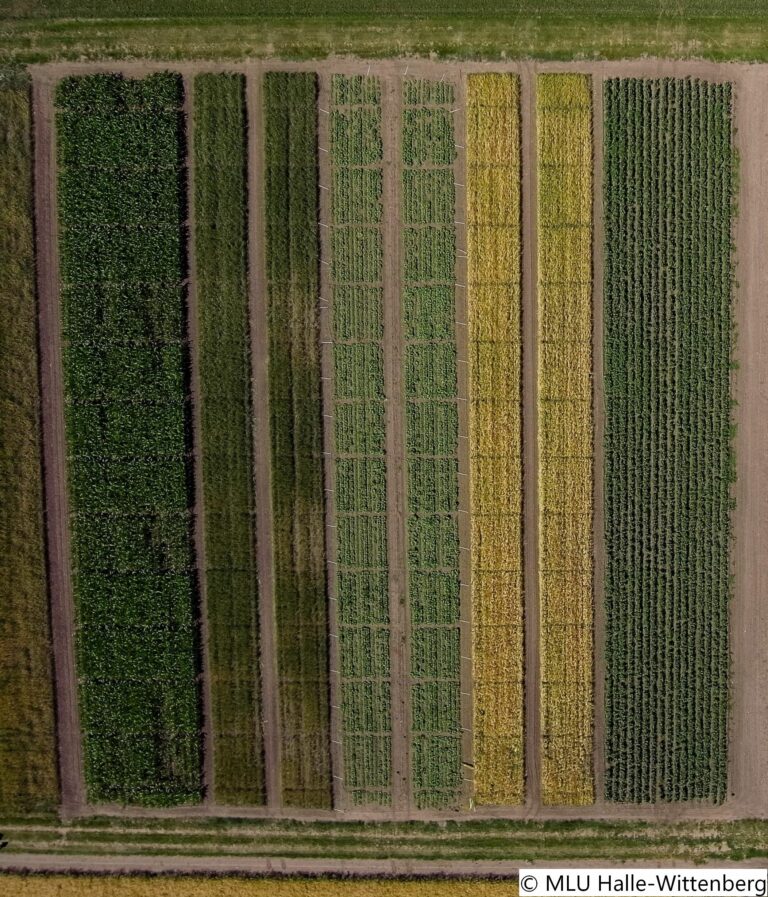
Field D: Phosphate fertilization trial
In this trial different P application rates (P0, P1, P3) and P fertilizer forms (superphosphate, basic slag ) are investigated. Fertilization is applied annually (0, 15, and 45 kg/ha) or triennially (0, 45, 135 kg/ha).
The middle part with application of alkaline sintered phosphate was discontinued in 1995.
The effect of the P fertilization has been analyzed on the crop rotation of alfalfa– alfalfa – potato – winter rye – sugar beet – spring barley.

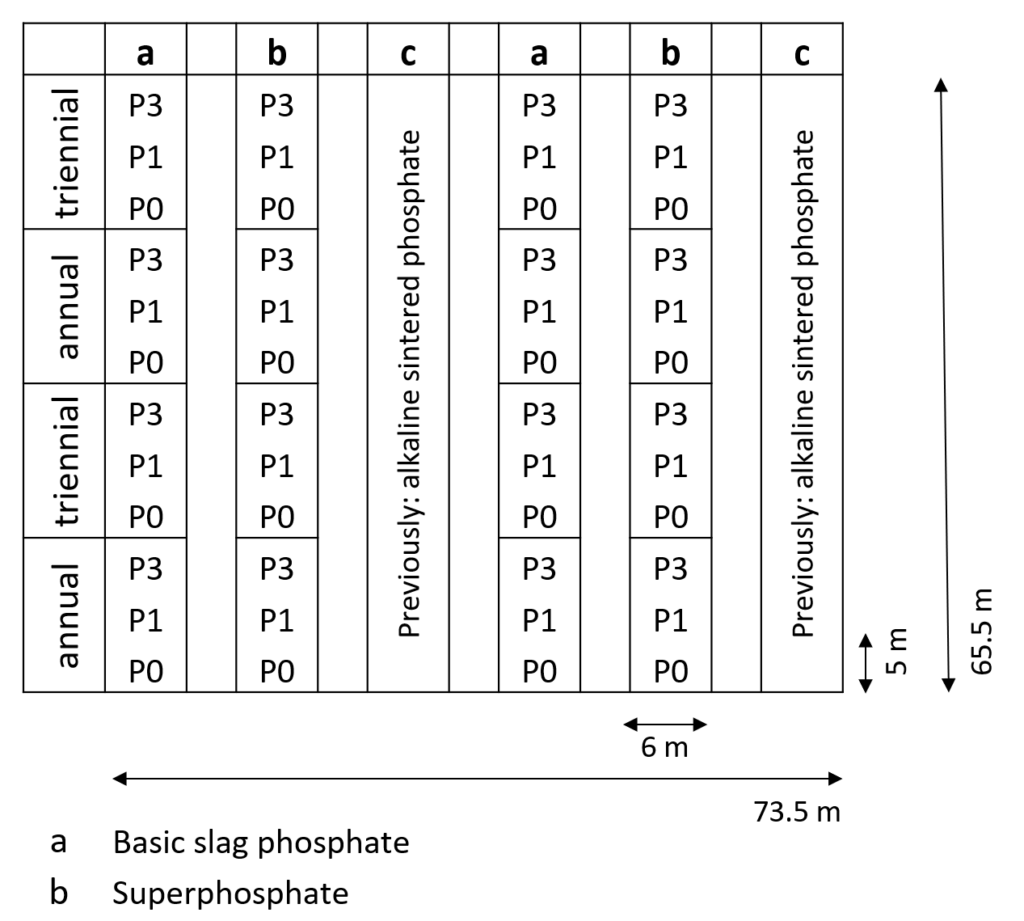
Field F: organic and mineral fertilization
In this extensive trial the effect of mineral and organic fertilization and their combination has been investigated. To answer specific questions the experiment is divided into multiple sections with different treatment on the same crop rotation (winter wheat – silage maize – spring barley – sugar beet – spring wheat – potato):
In F1 the mineral fertilization (NP, NK, PK, NPK) and organic fertilizer (farmyard manure, FY) are tested individually and in combination (FY+M, FY+2M) at different nutrient levels.
In F2 the effect of straw fertilization (S) in combination with different amounts of mineral N fertilizers is investigated.
In the F3 section differently stored kinds of farmyard manure were tested until 1971. Thereafter the analyses focused on the consequences of the until then achieved different humus contents. After 1997 this section was not continued.
